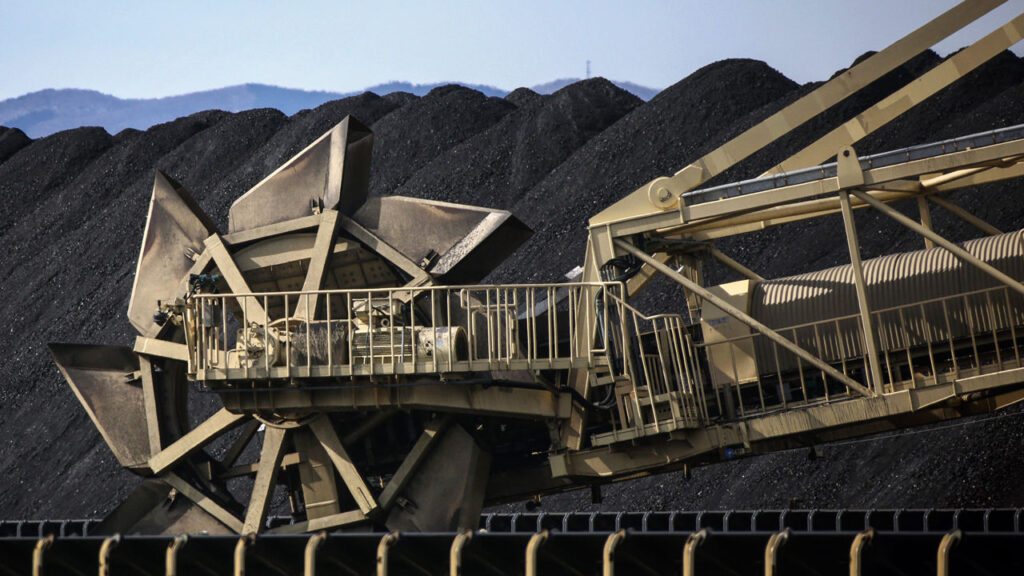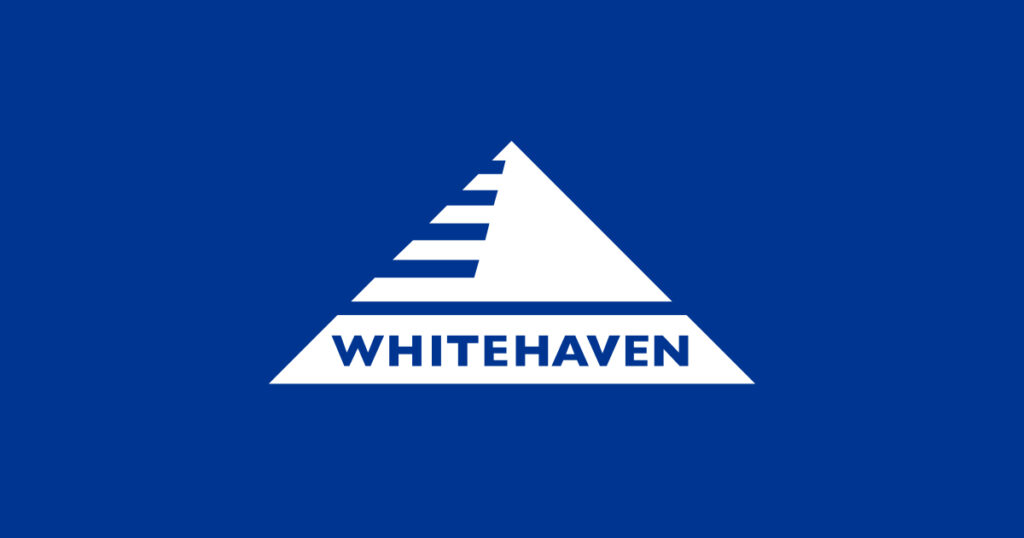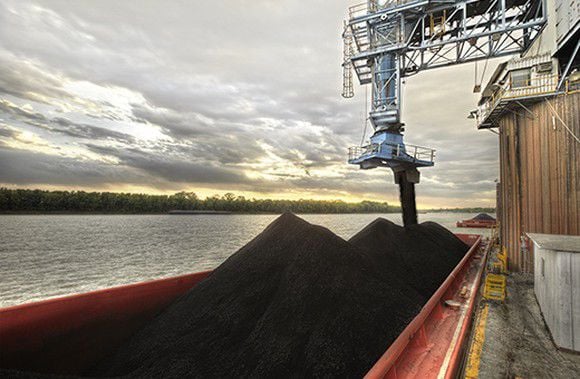Thermal coal demand in Japan, South Korea and Taiwan could start taking a back seat over the next few years amid the region’s tight net-zero targets and better alternative fuel supplies for power generation, increasing high-calorific value coal inventory in the market. The JKT region’s coal imports rose 3.1% on the year to 279 million mt in 2022, fueled by the postpandemic energy crisis and the Russia-Ukraine war, although imports fell 13% on the year to 243.4 million mt in 2023, S&P Global Commodities at Sea data showed, showing a waning coal appetite despite a sharp drop in prices compared to the previous year.
Analysts at S&P Global Commodity Insights forecast a further 4%-6% drop in 2024 thermal coal imports by the region. The Platts NEAT index assessment for 5,750 kcal/kg NAR coal delivered to Kinuura port, Japan, averaged 129.85/mt in 2023, while the same in 2022 was sharply higher at $215.90/mt, according to S&P Global data. The assessment is a popular price reference point for cargoes supplied in Northeast Asia, including to South Korea and Taiwan.
Even as gas and coal currently account for two-thirds of the region’s power mix, nuclear and renewables generation have been on the rise as authorities look at ways to advance net-zero targets, market sources said. Last year’s push to ramp up the usage of nuclear power and renewable sources was reflected in the region’s buying appetite, they said. The weakness in thermal coal demand was also a reflection of the region’s lower power consumption during 2023, as power demand in Japan and South Korea declined by 3.7% and 0.8%, respectively, amid weaker economic activities, according to the International Energy Agency.
Japan net-zero goals weigh
Japan restarted operations midway through 2023 at two nuclear reactors that were shut following the disaster in Fukushima and in 2024, two more reactors will be made operational that would raise nuclear power’s overall share in generation. The government has also tweaked regulations to ramp up power generation through nuclear by extending the life of old plants beyond 60 years. The 2023 share of nuclear power in the mix grew 54% year on year to 8% while the renewables share rose 6% to 24%.
“The two nuclear reactors that will be operational in 2024 will add 1.65 GW, which is equivalent to 400 million mt of annual coal consumption, if only Japanese power utilities reduce the utilization rate of coal-fired power plant,” a Japan-based buyer said, adding that not only coal but LNG utilization is expected to decline too.
As a result, Japan’s thermal coal imports dropped 17.1% annually to 106.2 million mt in 2023, the CAS data showed.
Retiring coal to be slow
While coal-fired power generation would continue to decline in the JKT region, the exit is likely to be more gradual compared with LNG, which has proven to be costlier compared to thermal coal, a source said. Coal-fired power generation in Japan and South Korea is expected to decline by an average 3% in the next few years, according to an IEA forecast.
In Japan, the thermal gap could decline by as much as 3.3 aGW year over year for 2024 as nuclear generation growth of 2.2 aGW outpaces power demand growth of only 1% year on year, according to an S&P Global International Coal Markets Scorecard.
The South Korean government decided to lower its 2030 renewable energy target by 8% to 22% but at the same time is focused on phasing out coal-fired power generation while increasing the power generated through nuclear, market participants said. Although power demand in the country decreased 0.8% in 2023, South Korea’s total power capacity increased by 7 GW during the year, of which 1.4 GW was through nuclear, 1.1 GW through coal-fired plants, 2 GW of gas-fired power and renewables added 3.8 GW.
“The decline in demand for thermal power generation is largely a result of a 1.7 aGW on-the-year increase in power generation from nuclear power plants amid continued low power demand growth,” according to a recent S&P Global forecast.
South Korea’s thermal coal imports fell 11% on the year to 84.8 million in 2023 amid weak demand and a push to use nuclear and renewables for power generation. The decline is set to continue in the coming years as coal’s share in the country’s power generation is expected to decrease to 20% by 2030 compared to 34% in 2021. Even a fall in thermal coal prices in 2023 compared to the historically high levels of the previous year was unable to lift demand from South Korean buyers, however, they had to diversify their sources with the government putting restrictions on Russian imports, the country’s third-largest supplier.










